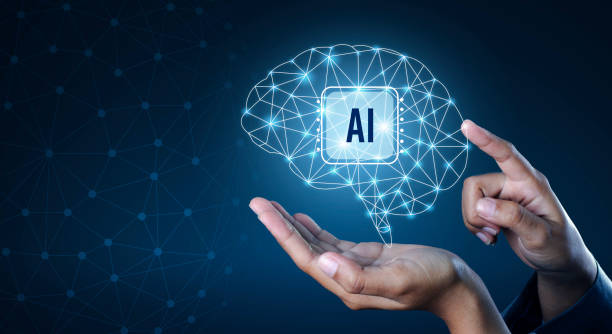What is an Artificial Intelligence Robot? Definition, History, and Types

An #Artificial_Intelligence_Robot or (Artificial Intelligence Robot) refers to a machine capable of performing tasks that typically require human intelligence.
These tasks can include learning, problem-solving, pattern recognition, natural language understanding, and decision-making.
AI robots are a combination of #robotics and #artificial_intelligence and can exist in physical forms (such as industrial robots or domestic robots) or as software (such as virtual assistants or chatbots).
Artificial intelligence enables robots to interact with their environment and make autonomous decisions.
The history of AI robots dates back decades, and with recent advancements in machine learning and neural networks, these robots have become capable of performing more complex tasks.
AI robots are designed and built in various types, including industrial robots used in production lines, service robots used in hospitals and hotels, and domestic robots designed to assist with daily tasks.
Furthermore, software robots like chatbots and virtual assistants are also widely used, helping users access information and perform their tasks.
Are you tired of losing business opportunities due to not having a professional corporate website?
Rasaweb helps you with professional corporate website design to:
✅ Build a powerful and reliable image for your brand
✅ Convert website visitors into loyal customers
⚡ Get a free consultation now!
Extensive Applications of Artificial Intelligence Robots in Various Industries

Artificial intelligence robots have extensive applications in various industries.
In the manufacturing industry, these robots can be used to perform repetitive and dangerous tasks, leading to increased productivity and reduced risks to human life.
In the healthcare industry, surgical robots can perform complex surgeries with greater precision, and service robots can assist nurses in patient care.
In the financial industry, AI robots can be used for financial data analysis, market prediction, and providing financial advisory services to clients.
In the education sector, educational robots can help students learn various concepts and provide a more interactive learning experience.
AI robots also improve transportation safety and efficiency in the transportation industry through self-driving robots, and in the agricultural industry, agricultural robots can help farmers manage farms and increase productivity.
These are just a few examples of the wide-ranging applications of AI robots across different industries, and with technological advancements, more applications are expected for these robots.
Pros and Cons of Using Artificial Intelligence Robots: A Realistic Look
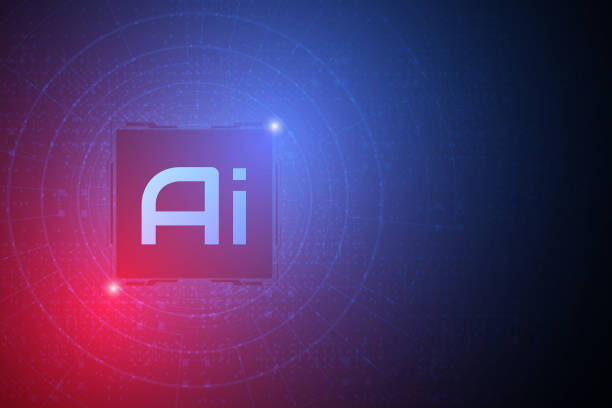
The use of artificial intelligence robots comes with numerous advantages and disadvantages that need to be considered.
Among the advantages are increased productivity, reduced costs, improved accuracy, and the performance of dangerous tasks.
AI robots can work continuously without fatigue or breaks, leading to increased production and reduced task completion times.
Furthermore, these robots can perform tasks that are hazardous for humans, such as working in toxic or explosive environments.
On the other hand, there are also disadvantages to using AI robots.
One of the most significant drawbacks is the reduction in job opportunities for humans, as robots can replace human labor.
Additionally, the initial cost of purchasing and maintaining AI robots can be high, and technical expertise is required for their setup and repair.
Moreover, ethical issues related to the use of AI robots must be considered, such as accountability in case of errors and the protection of data privacy.
Therefore, before using AI robots, their pros and cons must be carefully evaluated, and informed decisions must be made.
| Advantages | Disadvantages |
|---|---|
| Increased Productivity | Reduced Job Opportunities |
| Reduced Costs | High Initial Cost |
| Improved Accuracy | Need for Technical Expertise |
| Performing Dangerous Tasks | Ethical Issues |
The Future of Artificial Intelligence Robots: What to Expect?
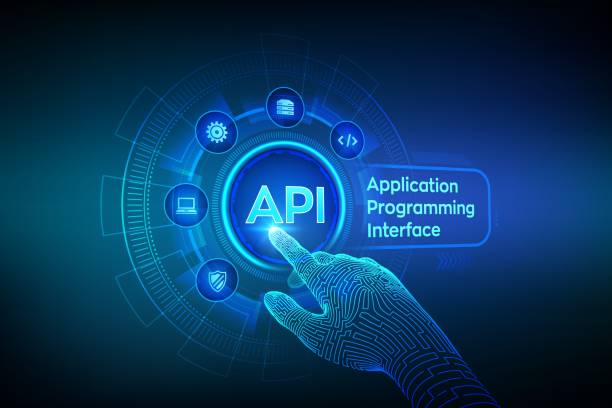
The future of artificial intelligence robots is filled with exciting expectations and advancements.
With technological progress, AI robots are expected to become capable of performing more complex tasks and assisting humans in a wider range of fields.
One of the main expectations is the development of autonomous robots that can move and perform tasks in various environments without human intervention.
These robots can be used in transportation, logistics, and even in homes.
Furthermore, AI robots are expected to better understand natural language and communicate more naturally with humans.
This could lead to the development of smarter virtual assistants and more efficient chatbots.
Additionally, advancements in machine learning and neural networks can lead to the development of AI robots capable of learning and adapting to new environments.
These robots can be used in fields such as medicine, education, and research, helping humans solve complex problems.
However, ethical and social issues related to the use of AI robots must also be considered, ensuring that this technology is used for the benefit of society.
Does your company’s website perform as well as your brand deserves? In today’s competitive world, your website is your most important online tool. Rasaweb, a specialist in professional corporate website design, helps you to:
✅ Build credibility and customer trust
✅ Convert website visitors into customers
⚡ Get a free consultation now!
Ethical and Social Challenges of Artificial Intelligence Robots
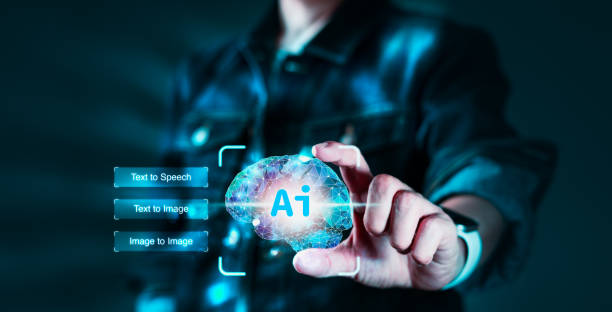
The use of artificial intelligence robots brings several ethical and social challenges that must be addressed.
One of the most significant challenges is the issue of accountability.
If an AI robot makes an error and causes harm, who will be held responsible? Should the robot’s manufacturer, the robot’s user, or the robot itself be considered responsible? These questions currently lack definitive answers and require further discussion and consideration.
Another challenge is data privacy.
AI robots need to collect and process large amounts of data to perform their tasks, which may include users’ personal information.
How can it be ensured that this data is securely stored and not used for unauthorized purposes? Additionally, the use of AI robots can lead to discrimination and inequality.
If AI algorithms are trained on incomplete or biased data, they can make decisions that disadvantage specific groups of people.
Therefore, these issues must be addressed, and it must be ensured that AI robots are used fairly and without discrimination.
The use of AI robots can also lead to changes in social and economic structures, such as reduced employment opportunities and increased income inequality.
Therefore, these issues must also be considered, and policies must be adopted to prevent potential harm and benefit society.
How to Build a Basic Artificial Intelligence Robot: A Step-by-Step Guide

Building a basic artificial intelligence robot can be an interesting and educational project.
To start, you need fundamental knowledge in programming, electronics, and artificial intelligence.
The first step is to choose a suitable hardware platform.
You can use Arduino boards, Raspberry Pi, or other similar boards.
Raspberry Pi is a better option for more complex projects due to its greater processing power and the ability to run a full operating system.
The second step is to choose an appropriate programming language.
Python is one of the most popular languages for AI projects because it has many libraries for machine learning and data processing.
The third step is to collect training data.
To train an AI robot, you need data from which the robot can learn.
This data can include images, sounds, or text.
The fourth step is to train the machine learning model.
You can use libraries such as TensorFlow or PyTorch to train your model.
The fifth step is to implement the model on the robot.
After training the model, you need to implement it on your robot so that the robot can make decisions using it.
The sixth step is to test and improve the robot.
After implementing the model, you need to test your robot and improve its performance.
This process may involve collecting more data, adjusting model parameters, and changing the robot’s structure.
Key Tools and Technologies in Artificial Intelligence Robot Development
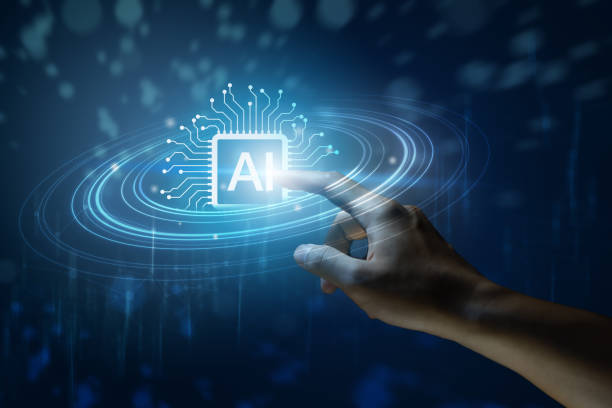
The development of artificial intelligence robots requires the use of various key tools and technologies.
One of the most important tools is programming languages.
Python, due to its simplicity and powerful libraries such as TensorFlow, PyTorch, and Scikit-learn, is one of the most popular languages for developing AI robots.
TensorFlow and PyTorch are two popular machine learning frameworks that enable the training of complex models.
Scikit-learn is a comprehensive library for machine learning algorithms that allows the use of various algorithms without the need to implement them.
In addition to programming languages, other tools are also needed for developing AI robots.
These tools can include simulators, data collection tools, and data visualization tools.
Simulators allow testing robots in virtual environments, which can help reduce costs and risks associated with testing robots in the real world.
Data collection tools enable the collection of necessary data for training machine learning models.
Data visualization tools allow for the visualization of data, which can help in better understanding data and identifying hidden patterns within it.
| Tool | Description |
|---|---|
| Python | Popular programming language for AI |
| TensorFlow | Machine learning framework |
| PyTorch | Machine learning framework |
| Scikit-learn | Machine learning algorithms library |
Machine Learning and Its Role in Artificial Intelligence Robots

Machine learning plays a very important role in artificial intelligence robots.
Machine learning enables robots to learn from data and improve their performance without explicit programming.
This allows robots to adapt to new environments and perform tasks that are difficult or impossible for humans.
There are various types of machine learning algorithms that can be used to train robots.
Supervised learning, unsupervised learning, and reinforcement learning are among these algorithms.
In supervised learning, the robot is trained using labeled data, meaning the data includes desired inputs and outputs.
In unsupervised learning, the robot is trained using unlabeled data, meaning the data only includes inputs and the desired outputs are not specified.
In reinforcement learning, the robot is trained through trial and error, meaning the robot receives feedback by performing various actions in its environment, which helps it learn which actions yield the best results.
By using machine learning algorithms, AI robots are capable of performing tasks such as facial recognition, voice recognition, language translation, and autonomous driving.
These tasks were previously only possible for humans, but now, with AI robots, they can be performed automatically.
AI robots can have very good efficiency
Losing potential customers due to an unprofessional website? Rasaweb is your answer! With our specialized corporate website design services, you can:
✅ Enhance your business’s credibility and standing
✅ Experience more targeted customer acquisition
⚡ Act now to receive a free consultation!
Artificial Intelligence Robot Security and Threat Mitigation Strategies
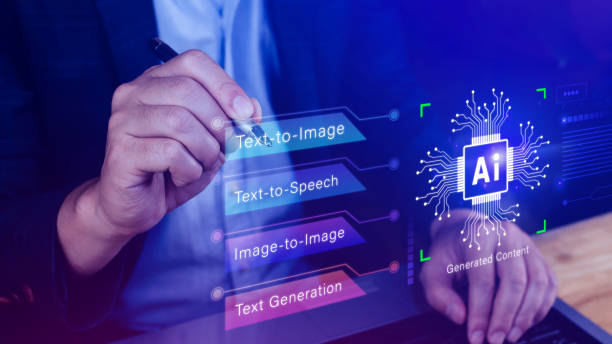
The security of artificial intelligence robots is one of the most critical challenges associated with this technology.
AI robots can be exposed to various threats, including cyberattacks, data misuse, and unauthorized control.
If an AI robot is hacked, an attacker can gain control of the robot and use it to perform malicious actions.
For example, a hacked surgical robot could perform surgery incorrectly and cause harm to the patient.
To counter these threats, various security strategies must be implemented.
One of the most important strategies is the use of encryption to protect the robot’s data.
Encryption makes data unreadable, even if an attacker gains access to it.
Another strategy is to use strong authentication to prevent unauthorized access to the robot.
Strong authentication can include using complex passwords, two-factor authentication, and biometric recognition.
Additionally, the robot must be regularly updated to address its security vulnerabilities.
Furthermore, close monitoring of the robot’s activities should be maintained to identify and stop any suspicious activity.
User training also plays a crucial role in the security of AI robots.
Users should be aware of how to use the robot securely and how to identify security threats.
Artificial Intelligence Robots Serving Humanity: Review of Successful Examples
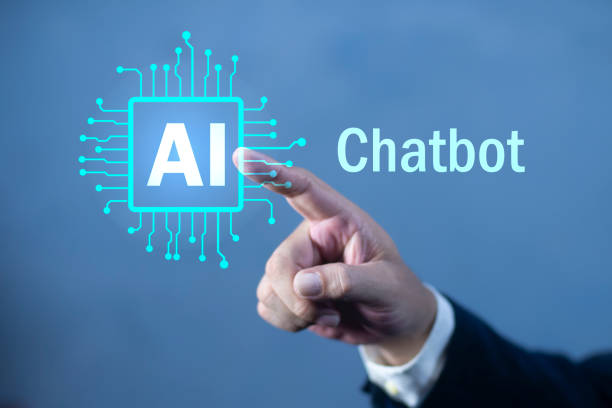
Artificial intelligence robots are currently serving humans in various fields, and there are successful examples of using this technology.
In the healthcare industry, surgical robots can perform complex surgeries with greater precision and assist doctors in diagnosing diseases.
In the manufacturing industry, industrial robots can perform repetitive and dangerous tasks and increase productivity.
In the customer service industry, chatbots can answer customer questions and resolve their issues.
In the education sector, educational robots can help students learn various concepts and provide a more interactive learning experience.
One successful example of using AI robots is warehousing robots, which are used in warehouses to move goods.
These robots can automatically pick goods from shelves and transport them to the desired location, which increases the speed and accuracy of warehousing.
Another example is agricultural robots, used in farms for planting, cultivating, and harvesting crops.
These robots can help farmers manage farms and increase productivity.
With technological advancements, AI robots are expected to assist humans in more areas and make their lives easier.
AI robots can help improve life
Frequently Asked Questions
| Row | Question | Answer |
|---|---|---|
| 1 | What is an AI robot? | An AI robot is a machine capable of understanding, reasoning, learning, and problem-solving, and can perform complex tasks with relative autonomy. |
| 2 | What are the most important applications of AI robots? | Key applications include industrial manufacturing, customer service (chatbots), medicine and surgery, autonomous transportation, space exploration, and military affairs. |
| 3 | What is the main difference between an AI robot and a regular robot? | A regular robot merely follows programmed instructions, whereas an AI robot can learn from data, make decisions, and adapt to new environments. |
| 4 | How do AI robots learn? | They learn through machine learning algorithms (such as deep learning, reinforcement learning) and processing vast amounts of data, identifying patterns, and improving their performance. |
| 5 | Can AI robots have emotions? | Currently, AI robots do not possess real emotions in the human sense. They can mimic or detect emotions but do not understand or experience them. |
| 6 | What are the current limitations of AI robots? | Limitations include the need for large amounts of data, inability to understand abstract concepts, lack of true creativity, ethical issues, and challenges in generalization in new environments. |
| 7 | What is the role of AI in the development of Humanoid robots? | AI helps humanoid robots to walk, maintain balance, perceive their surroundings, interact with humans, and perform complex tasks. |
| 8 | How is the future of AI robots predicted? | It is predicted that AI robots will become smarter, more autonomous, and capable of performing more complex tasks in daily life and industry, increasing their interaction with humans. |
| 9 | Can AI robots replace all human jobs? | It is unlikely that all human jobs will be replaced. Robots will take over many repetitive and dangerous tasks, but jobs requiring creativity, empathy, and ethical judgment will remain. |
| 10 | What ethical and social challenges arise with the expansion of AI robots? | Challenges include issues related to privacy, data security, ethical decision-making by robots, impact on employment, and accountability in case of errors. |
And other services from Rasaweb Advertising Agency in the field of advertising
- Smart Conversion Rate Optimization: Designed for businesses looking to attract customers through user experience customization.
- Smart Data Analysis: A creative platform for improving user interaction with custom programming.
- Smart Customer Journey Map: A dedicated service for increasing site visits based on marketing automation.
- Smart Customer Journey Map: A fast and efficient solution for increasing site visits with a focus on marketing automation.
- Smart SEO: A fast and efficient solution for campaign management with a focus on precise audience targeting.
And over a hundred other services in the field of internet advertising, advertising consultation, and organizational solutions
Internet Advertising | Advertising Strategy | Advertorial
Resources
Complete Guide to Building a Smart Robot
Familiarity with types of smart robots and their applications
How to build a smart robot: From zero to one hundred
Project-based training for building a smart robot
💡 For a leap forward in your business, Rasaweb Afarin Digital Marketing Agency, specializing in corporate website design and providing comprehensive strategies, is with you to have a powerful online presence.
📍 Tehran, Mirdamad Street, next to Bank Markazi, Southern Kazeroon Alley, Ramin Alley, No. 6

